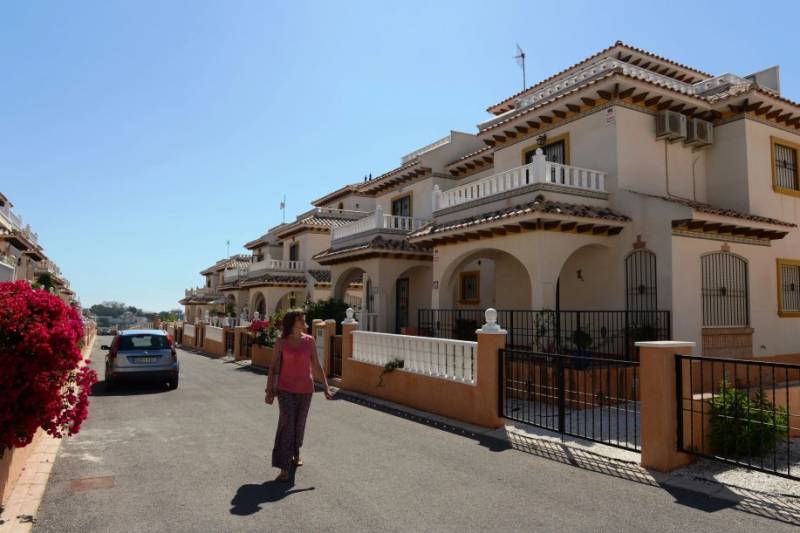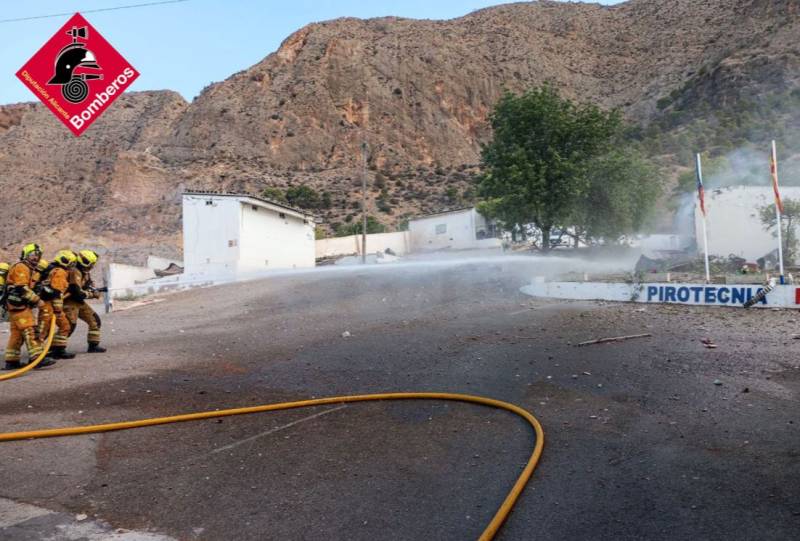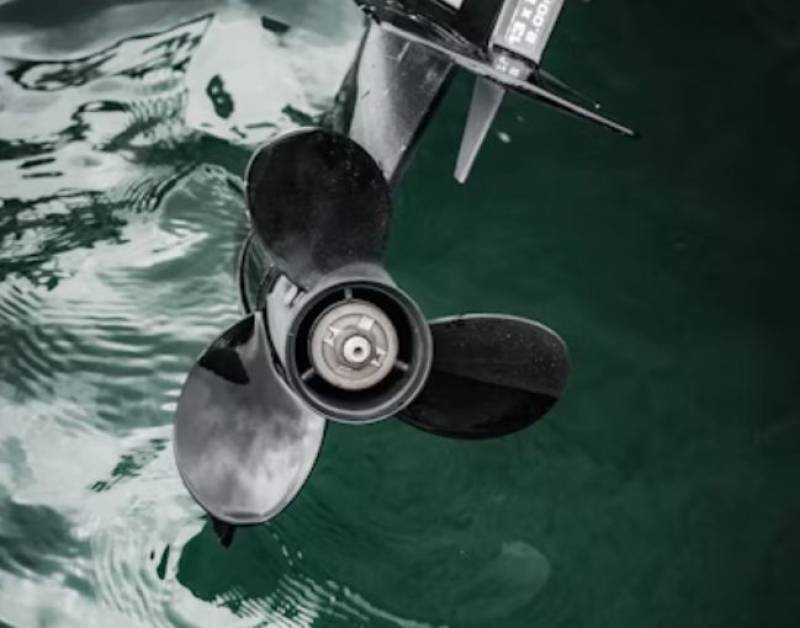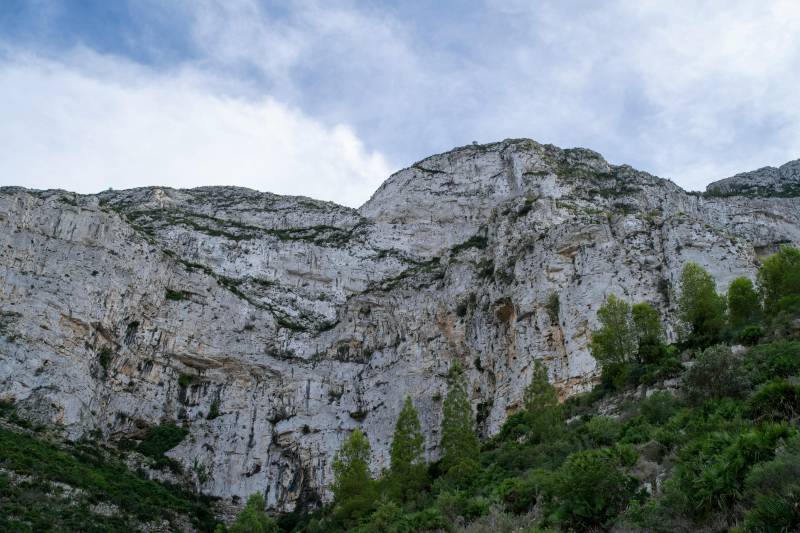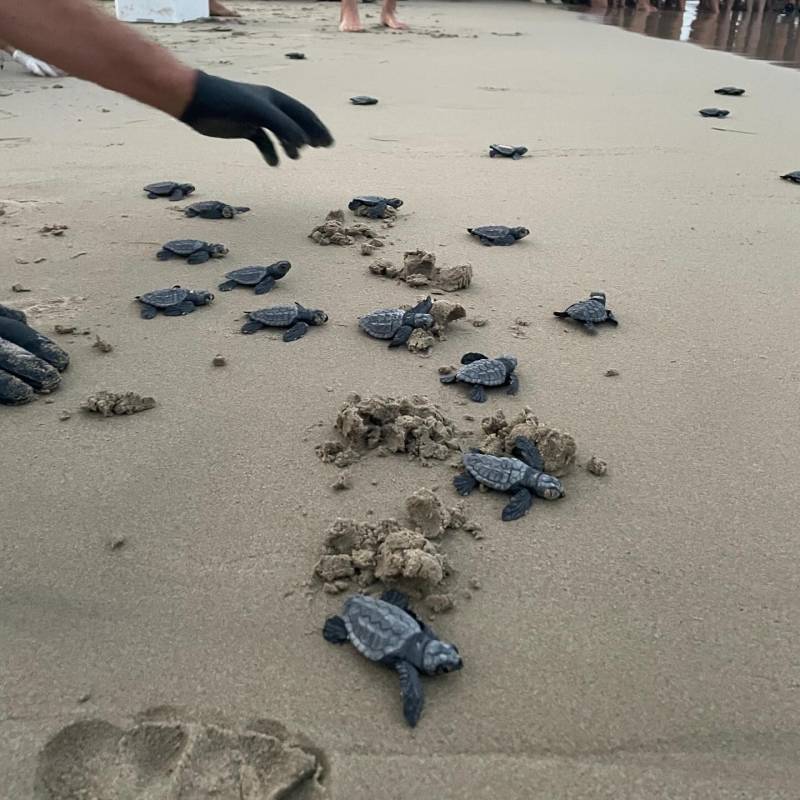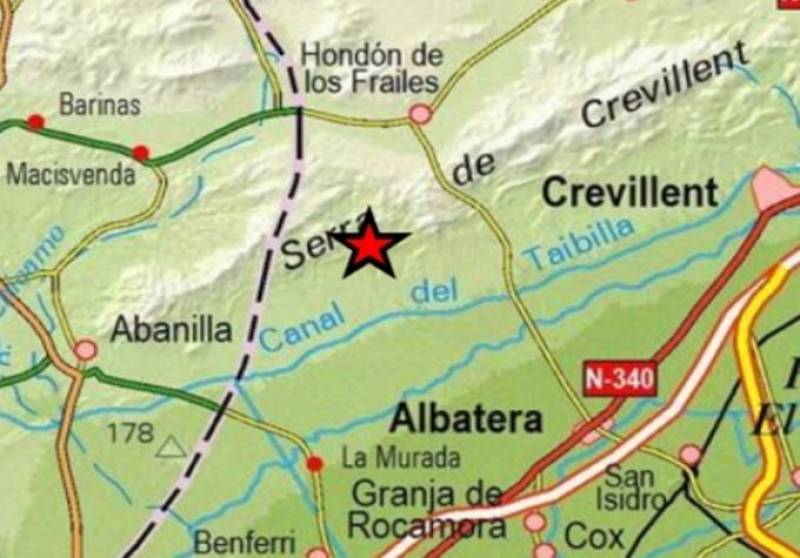- Region
- Vega baja
- Marina Alta
- Marina Baixa
- Alicante
- Baix Vinalopo
- Alto & Mitja Vinalopo
-
ALL TOWNS
- ALICANTE TOWNS
- Albatera
- Alfaz Del Pi
- Alicante City
- Alcoy
- Almoradi
- Benitatxell
- Bigastro
- Benferri
- Benidorm
- Calosa de Segura
- Calpe
- Catral
- Costa Blanca
- Cox
- Daya Vieja
- Denia
- Elche
- Elda
- Granja de Rocamora
- Guardamar del Segura
- Jacarilla
- Los Montesinos
- Orihuela
- Pedreguer
- Pilar de Horadada
- Playa Flamenca
- Quesada
- Rafal
- Redovan
- Rojales
- San Isidro
- Torrevieja
- Comunidad Valenciana
article_detail
Date Published: 18/07/2025
Why more beaches are off limits in Alicante this summer
More closures than usual in July as bacteria lingers longer in the warmer sea
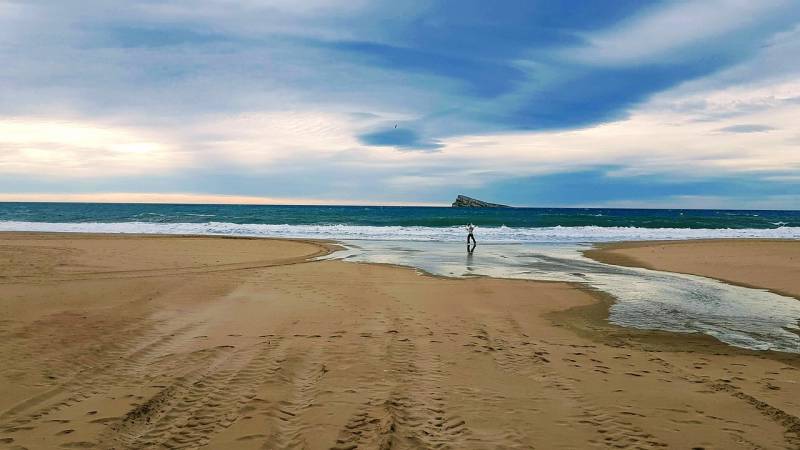 More beaches than usual have been forced to close temporarily in the Valencian Community this summer due to a combination of environmental factors and improved water quality monitoring.
More beaches than usual have been forced to close temporarily in the Valencian Community this summer due to a combination of environmental factors and improved water quality monitoring.Around 20 coastal and inland bathing areas have been shut down during the first two weeks of July. And just this week on a stretch of coastline at Villas Caravaning in nearby Cartagena in the Region of Murcia, high levels of E. coli were detected and a red flag was raised to prevent swimming.
According to Marisa Bueno, head of the Water Quality Service at the Regional Ministry of the Environment, this year has been “more complicated” than most. Stormy easterly winds, heavy rainfall last weekend and unusually warm sea temperatures are all contributing to higher levels of bacteriological contamination. “The sea is much warmer than normal, and this is being reflected in the analytical results,” she said. “Bacteria is persisting longer.”
These closures aren’t unusual in themselves. In fact, temporary bathing bans happen most years. But what’s different now is that authorities are carrying out more regular and detailed testing than before. The regional Control and Surveillance Programme, which dates back to 1987, currently includes nearly 300 sampling points across 265 bathing areas and carries out about 5,000 analyses each summer season.
Any time test results show bacterial indicators at double the acceptable limit, the area is immediately deemed unsuitable for swimming. A formal protocol kicks in and the beach remains closed until water samples show safe levels again.
Bueno stressed that the cause is usually linked to sewage overflows or runoff from rivers and ditches that empty near beaches, especially after heavy rain. “What usually affects us are irrigation ditches, inlets, and some sewage network spillways,” she said.
Despite the spate of closures, over 91% of bathing areas in the Valencian Community still hold an “excellent” water quality rating. Closures remain the exception rather than the rule, with typically only five or six beaches affected at any one time.
As of now, only Mal Pas beach in Benidorm remains closed as a precaution, due to elevated levels of faecal contamination.
The ministry reminds beachgoers that these closures are preventive and temporary. The health risks from contaminated seawater are low, usually limited to minor skin infections or conjunctivitis if there are open wounds.
You might also be interested in: VIDEO: Spanish beach on popular holiday island closed after lorry full of poo overturns
Image: Harry Fabel/Pixabay
staff.inc.ali
Loading
See more environmental news about Spain:
OR
Sign up for the Spanish News Today Editors Roundup Weekly Bulletin to get a comprehensive email with all the week’s news for Spain, Murcia, Alicante and Andalucía.
Get a sneak peek – here are a few of our recent Subscription Bulletins:
Discount Special Offer subscription:
36.95€ for 48 Editor’s Weekly News Roundup bulletins!
Please CLICK THE BUTTON to subscribe.
Contact Murcia Today: Editorial 000 000 000 /
Office 000 000 000













